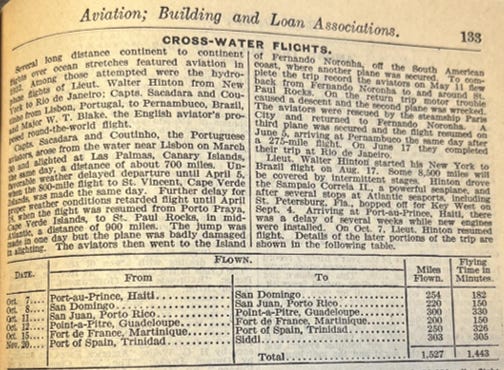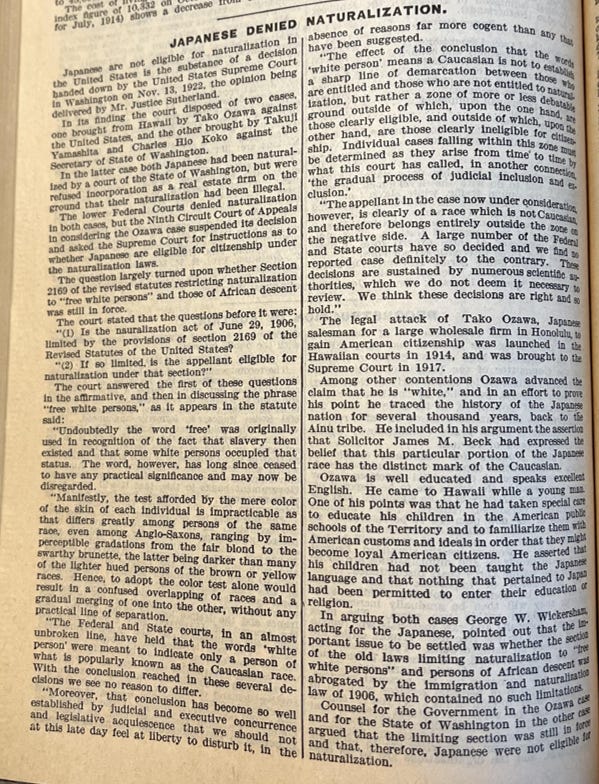Somewhere along the line I acquired this 1923 The World Almanac and Book of Facts, published by The New York World, headed by Joseph Pulitzer.1 The Almanac offers a fascinating snapshot of the United States (and a bit the world) from a century ago. Today I share ten images from the Almanac that I find particularly thought-provoking (you can click on the images to enlarge them).
You are invited to share your thoughts on 1923, 2023 or even 2123!
The advertisements are fascinating and clearly show how technological innovation leads to new jobs. Above, Electricity Needs You!
The Almanac says that in 1923 the U.S. already had more than 12 million cars on U.S. roads. Be a Traffic Manager!
What is this? A new energy technology to replace coal and wood? Introducing natural gas. Coal has always been dirty.
I find this data on U.S. fire losses to be amazing — $333 million in losses in 1921 would equate to more than $5 billion in 2023 dollars. Fire in 1923 was a much bigger source of loss than hurricanes.
Imagine that, airplanes flying over water. I wonder if future readers looking back at 2023 from 2123 will look the same way at space travel.
U.S. marginal federal income tax rate = 65%.
More than 1 million child laborers aged 10 to 15 or about 8% of all children of this age.
The U.S. Supreme Court ruled that people of Japanese ancestry were ineligible to become U.S. citizens on account of race.
About 2,500 men died each year mining coal. The Almanac even includes a statistic for the amount of production per death.
1923 was a very different time than 2023. It is a safe bet that 2123 will be just as different than 2023.
Thanks for reading!
You can browse it online here. “The World” refers to the New York newspaper of that name, not actually the entire world. The focus is mainly on the United States.














In 1923, the cities were delighted to welcome cars onto the streets because automobiles solved one of the nastiest pollution problems they faced; the tons and tons of horse manure dropped on the streets every day by horse-drawn wagons and carriages. At the turn of the 20th century, New York City had manure piles 60 feet high and blocks long in places, with all the consequences of swarming flies, diseases, and smell. People who hyperventilate today about the CO2 emitted by gasoline cars have never had to clean the streets after 100,000 horses.
There used to be a phrase, "Now you're cookin' with gas!" which meant you finally had your act together and were sailing through life in clean, clever, efficient style. Anyone who ever had to haul the ashes out of a coal-or wood-burning stove understood immediately. Today, our befuddled government is trying to ban gas stoves and appliances out of a hysterical fear of CO2 emissions. Change is not always progress.